Supporting students on the autism spectrum requires more than general special education tools—it calls for targeted strategies, structured environments and consistent collaboration. Many teachers face daily challenges such as:
- Identifying and understanding individual sensory needs
- Developing predictable routines to reduce anxiety
- Fostering communication and social interaction
- Tracking behavior and academic progress
- Partnering with families to build a coherent support system
Evidence shows that an autism‑friendly classroom—featuring low‑arousal spaces, clear visual structure and sensory‑aware practices—helps students feel secure and succeed .
Yet translating these principles into daily classroom practice can feel overwhelming, especially when educators juggle multiple IEPs, varied learning profiles and limited time for planning.
Why Comprehensive Guides Matter
A well‑designed guide provides:
- Evidence‑based instructional strategies
- Tools to build structured and sensory‑supportive environments
- Communication and behavior tracking templates
- Approaches for collaborating effectively with families
- Editable forms and checklists for classroom use
These resources save time, promote consistency and improve the learning experience for students with autism.
Introducing « Autism Guide for Special Education Teachers: Comprehensive Strategies & Tools »
Autism Guide for Special Education Teachers: Comprehensive Strategies & Tools is a 39‑page PDF resource designed to bridge the gap between theory and practice .
What’s inside?
- In‑depth coverage of autism and sensory needs
- Classroom strategies promoting structure, inclusion and growth
- Family partnership techniques and communication templates
- Behavior intervention and progress tracking tools
- Sensory‑friendly classroom checklist and ready‑to‑use forms
Why this guide stands out
It combines evidence‑based methods with practical examples and editable templates. Teachers report it is “packed with strategies and ideas to use in both general and special ed classrooms” .
Who will benefit
This resource supports:
- Special and general education teachers working with students on the spectrum
- IEP team members and support staff
- School leaders seeking to build inclusive school cultures
- Educators aiming to develop consistency and clarity in practice
Conclusion
Creating an autism‑friendly learning environment starts with understanding and structure, but succeeds through consistent, practical implementation. The Autism Guide offers teachers a research-backed toolkit to build sensory-aware settings, monitor progress and collaborate effectively with families.
To support every student’s potential and streamline classroom planning, this guide is a valuable asset.
Discover the full guide here:
Autism Guide for Special Education Teachers: Comprehensive Strategies & Tools
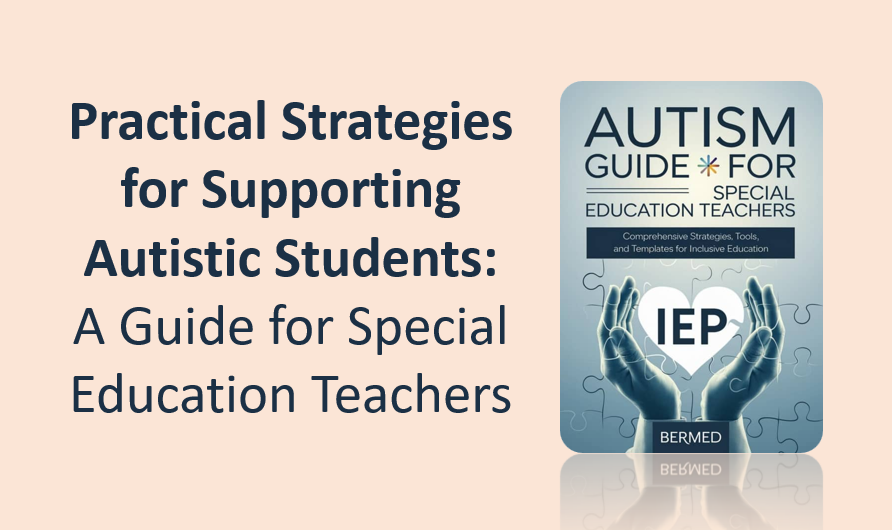
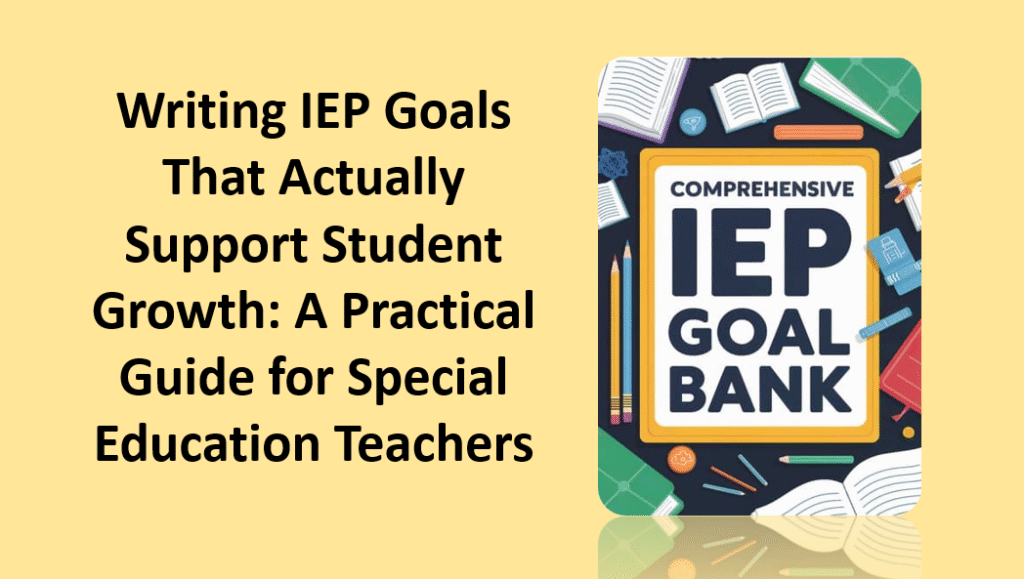
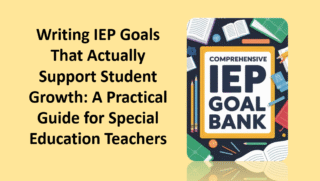
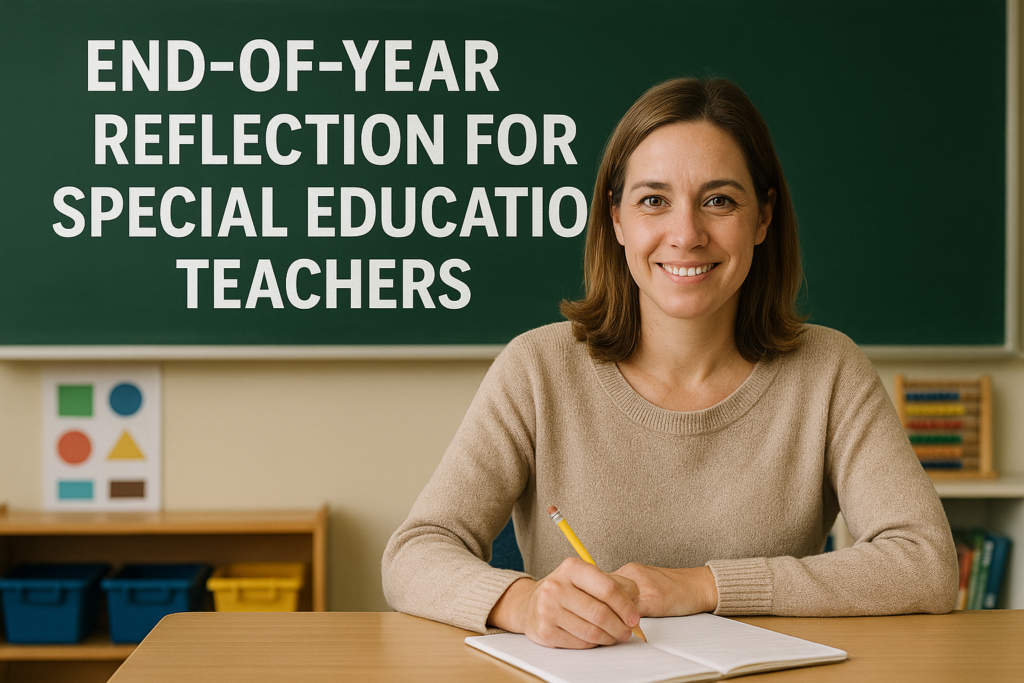





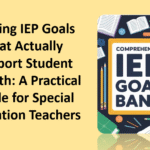
Leave a Comment